
Written by digiDirect
Lots of modern photographers get started using the cameras on their smartphones. For basic image taking and casual snapshots, these cameras have gotten pretty good, and can definitely capture much better images than the point and shoot cameras of thirty years ago. They usually have far more options than the cameras many of us grew up with; in some cases, turning off certain auto functions can actually yield some high-quality pictures and video.
But when a photographer wants to step up their game a little more, they need to start making some choices. They need to decide what kind of photography they want to focus on, and what cameras will be the best for that photography. While all medium and high-end cameras will take reasonably good photos in any setting (with the right equipment and technique), certain cameras are better than others at achieving particular goals.
Two popular camera brands are Nikon and Sony, so let's take a look at how they compare.
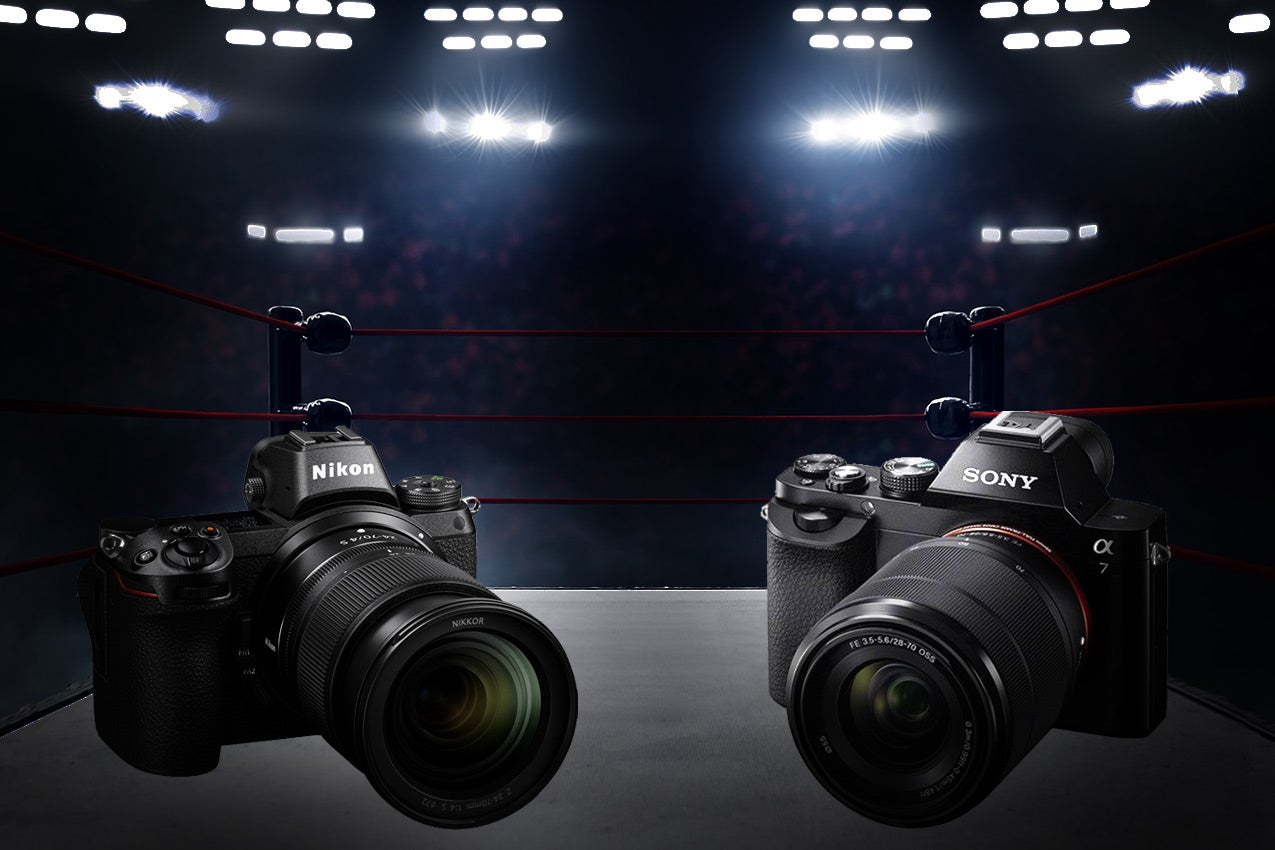
Choosing a brand that suits your needs and interests will allow you to excel
Why Does it Matter?
So why does it matter which camera you choose? A common statement in the world of photography is that your lenses are just as important, if not more important, than your body. So who cares which body you're getting?
One important reason is that lenses are not usually interchangeable between brands. Nikon lenses fit Nikon cameras. If you're committed to the Nikon brand (for example) then that's fine; if you start putting together a Nikon kit, however, and then decide that Sony actually would have been a better choice, it can be expensive to switch cameras and re-buy lenses. So even if you might upgrade your camera in future, it will be more economical if you can upgrade within the same brand ecosystem, so that you can still use your lenses. As different brands tend to have different strengths and weaknesses, an understanding of your chosen brand can be important.
We'll look at Nikon and Sony cameras in general, then discuss why each one might be better for particular types of photography. Note that each brand makes a variety of different cameras, and so these points apply to the broad focus of the brand - even though each brand may have specific models that break some of these generalities.
Why Nikon?
Nikon has been making high quality cameras since 1917, so there's a great deal of trust in their brand. They mostly produce DSLRs still, although they've recently started expanding their mirrorless camera lineup with their full frame Z6 II & Z7 II and the APS-C sized Z 50. Nikon offers everything from beginner models to full-featured professional cameras. They also offer a huge number of lenses, and they have a particularly strong reputation regarding the quality of their lenses. They also carry a wide selection of flashes and other accessories.
In general, Nikon has lower priced camera bodies than other models, but the lenses are pricier.
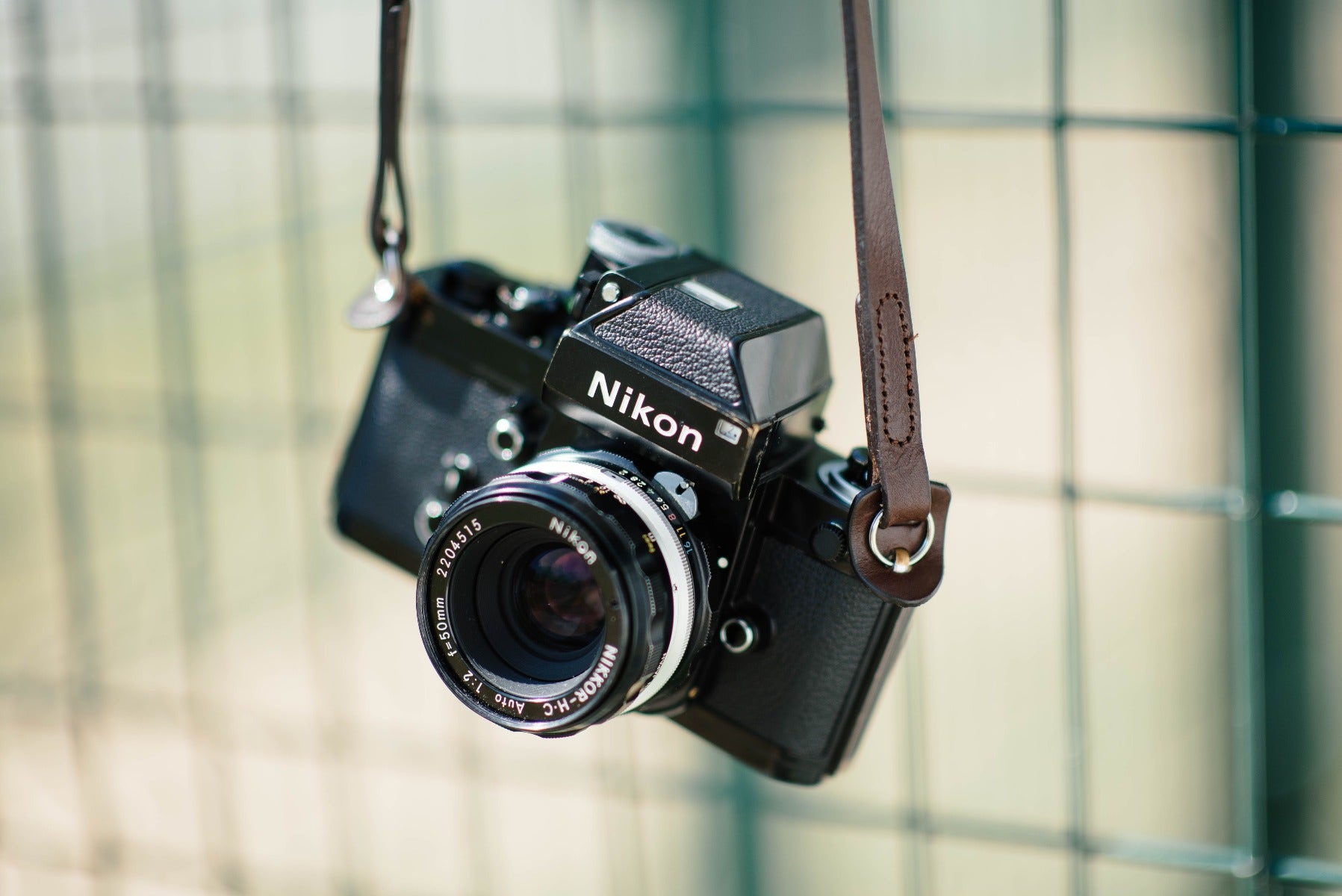
Nikon has been making cameras for over a century. Many of the lenses made for their older film cameras still work on their modern DSLRs
Why Sony?
Although Sony is a well-known electronics brand, they only started making cameras in 1988. Originally, the company invested heavily in DSLR cameras, but it now makes mirrorless cameras.
In some ways, the Sony looks like a lot less camera for the price; it has a smaller selection of lenses and accessories, the battery life is lower, and some people really hate not having an optical viewfinder. But there are some significant benefits to a Sony camera. Almost universally, Sony cameras have exceptional autofocus capabilities, even among their lowest cost models. They excel at tracking moving subjects, Eye autofocus, and video autofocus, making it very easy to capture difficult subjects. They also tend to have good quality sensors, as Sony actually makes the sensors for most of the other camera brands. Finally, the video capabilities on Sony cameras tend to be competitive; not quite as much as Panasonic cameras perhaps, but most Sony cameras can shoot high-quality video.
Depending on what you have in mind, a Sony can be just the camera you need.
Sony cameras are compact and have strong autofocus performance
What Should I Choose For Landscape Photography?
Choosing the right camera for landscape photography is really a matter of personal preference (as opposed to other shooting conditions, where one or the other has a strong lead). Sony has the benefit of being lightweight and easy to carry, something that may be important; Nikon has better battery life and more advanced lens options.
One detail that some photographers prefer is that Nikon cameras tend to have a more traditional body design with top LCD panels and more physical dials to control settings, which is often appreciated amongst landscape shooters. Sony tends to have more features within the menu system of their camera, which can require some familiarly to quickly access.
Sony's mirrorless cameras are lightweight, which can be an advantage when hiking. Nikon's newer mirrorless line of cameras share a similar compact profile
What Should I Choose For Portrait Photography?
One strong benefit of Sony cameras for portraits is that you don't have to go back and forth from a viewfinder to an LCD screen to review images; because they have an electronic viewfinder you can review the images right in the viewfinder. Also, Sony's Eye Autofocus is unparalleled, which means you'll almost always have critical autofocus in your portraits. Nikon however has more lens options to choose from, providing you with more options to achieve artistic portaits. If you are using flash, Nikon also has a stronger ecosystem of wireless flash systems for more elaborate and creative setups.
What's Best For Macro Images?
Macro photography primarily comes down to the lens more than the camera body. Sony has one primary macro lens, the 90mm f/2.8, which does a good job. Nikon however has a much wider selection of lens options though (can you see a trend here?) that gives their users the option to shoot with a range of macro lenses. From a short macro like their 40mm f/2.8G to a more traditional 105mm f/2.8G, there are just a few more options. Both cameras can pull this off though.
What Should I Choose For Wildlife Photography?
Again, lens selection is an important feature for wildlife photography. Most wildlife shooters are going to require specialised super-telephoto lenses in order to get the range needed to capture their images. While Nikon again has the edge here with a wide selection of specialised telephoto lenses, this lead is diminishing. Sony has been expanding their super telephoto range and now has quality options for pro shooters like their 100-400mm f/4.5-5.6 and their newer 400mm f/2.8 GM and 600mm f/4 GM.
High quality autofocus is the other important feature for wildlife photography, as it improves your ability to capture images quickly and clearly. And a good burst speed lets you take many photos very quickly, increasing the chances of capturing the perfect shot ' crucial when photographing fast moving animals like birds.
Sony's high quality sensors, rapid burst speeds, and improved image stabilisation make it a favourite amongst wildlife photographers, especially if they're just starting out. Nikon certainly has cameras that can compete here - notably their excellent D850 and D500 - but the fact that Sony has impressive AF performance even in their lower level cameras like the a6100 makes them a better starting point for newer wildlife photographers.
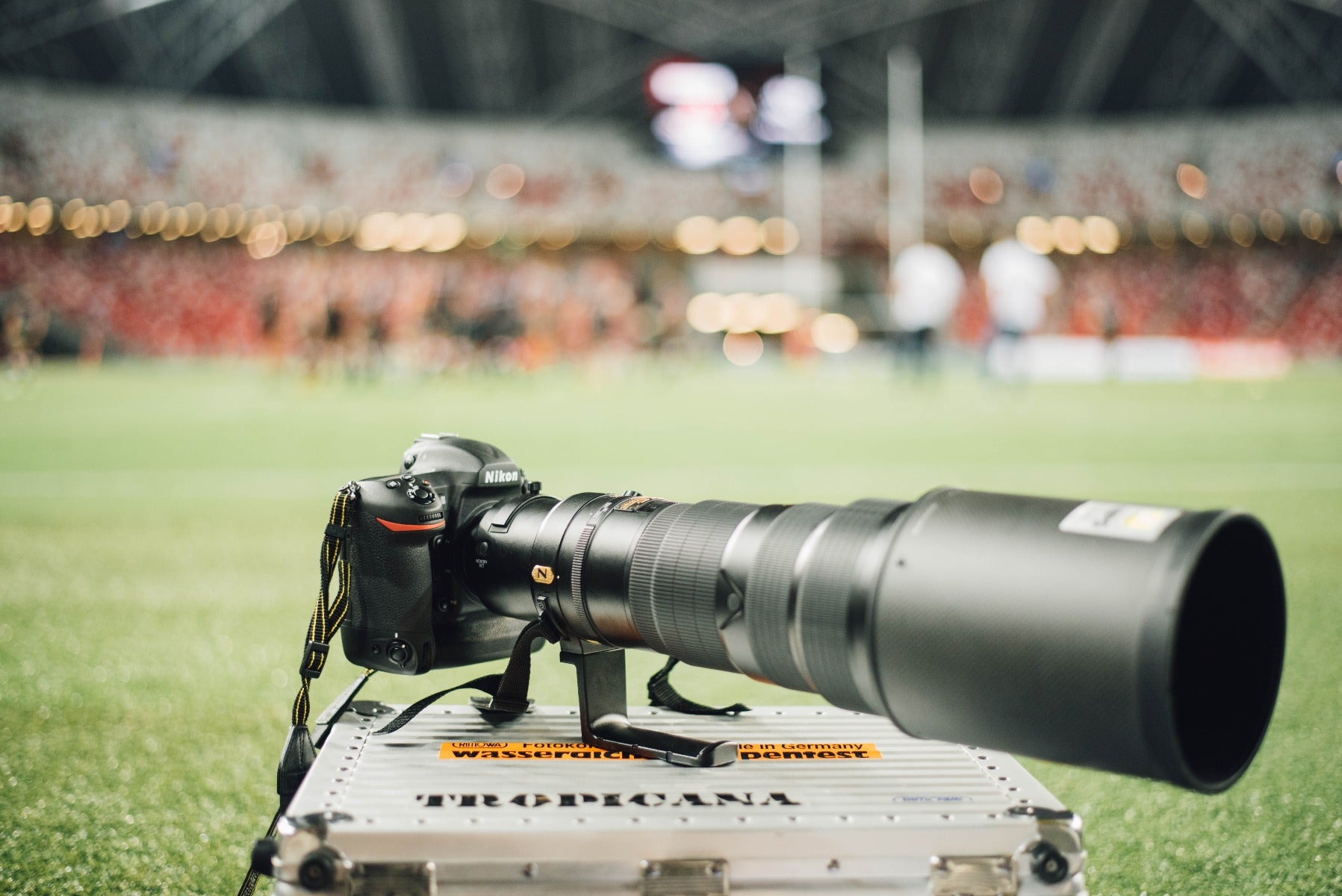
Nikon boasts a robust selection of very high quality lenses
And What's Best For Sports Photography?
Sports photographers face many of the same challenges as wildlife photographers; fast moving subjects that are often far away. As a result, telephoto lenses, good autofocus, image stabilisation, and high burst shooting speeds are also important here.
So we see again here that while Nikon has a slight edge in lenses, Sony is close behind and also offers exceptional autofocus performance across the whole range. Many Sony cameras, like their popular A7 III, also offer in-body image stabilisation, which stabilises the camera when using long telephoto lenses. Nikon DSLRs don't have in-body stabilisation, although their newer mirrorless Z6 & Z7 cameras do.
Choosing your first camera can feel like a high-pressure purchase, and for good reason. While you'll probably end up spending more overall on your lens collection than on the body itself, it's still not an inexpensive option.We highly recommend coming into your local digiDirect store where we have all the current options on display and you can test the camera out for yourself.
Ultimately, it's important to remember that unless you are a professional photographer, it's very likely that either a Nikon or a Sony will suit your needs just fine. Both brands make excellent, high quality products and you won't be disappointed by either. However, you may find that the strengths of one brand or the other more closely match your interests, so you should be informed when you make your decision.
If you're not sure where to start with a camera, or which lens will best suit your needs, contact digiDirect. We are camera experts, and we can help walk you through what kind of photography you're most interested in, what sort of camera will be best for you, and the best make of the model you choose. Contact us today to get started.

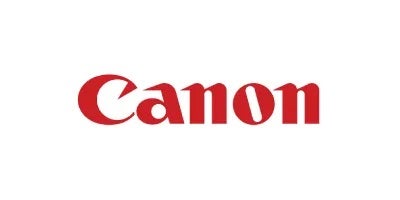
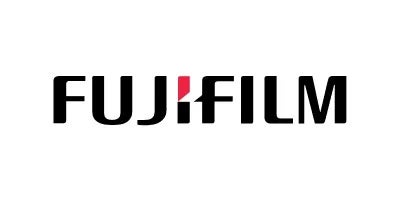
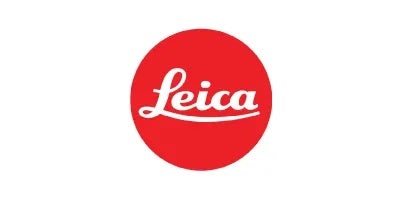
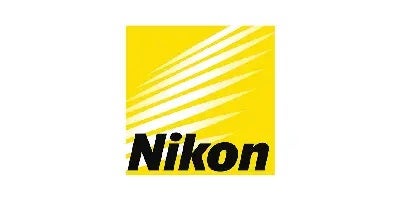
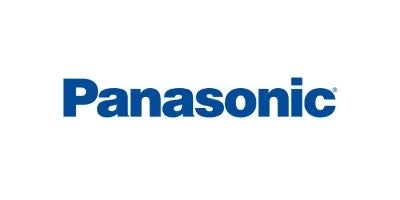

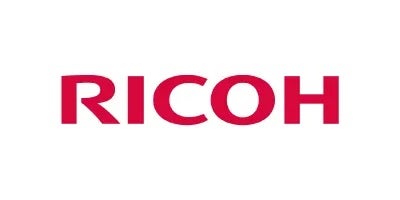


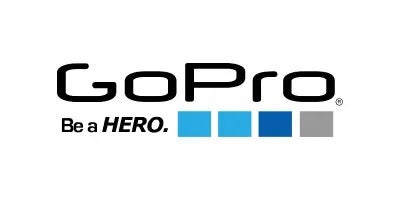
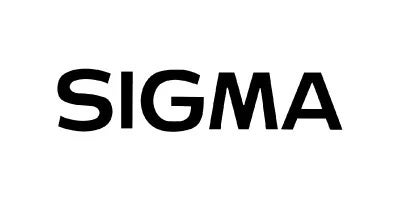
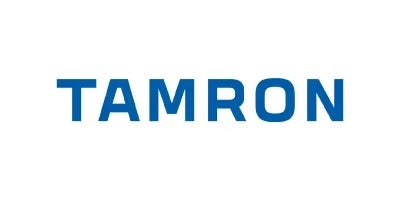
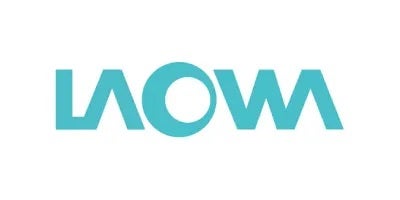
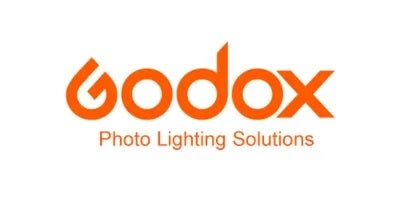
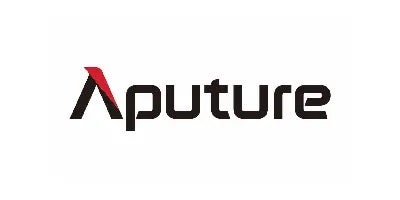

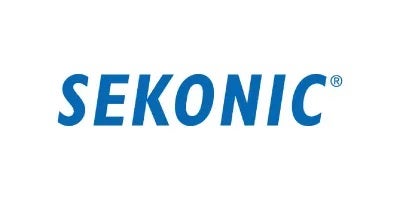
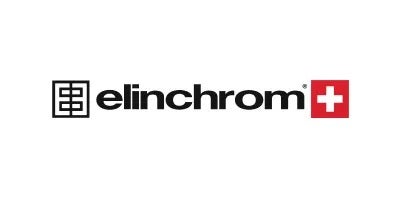
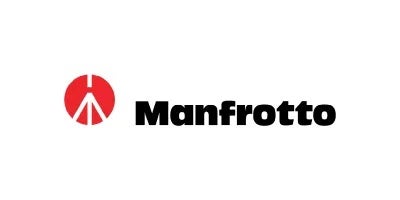
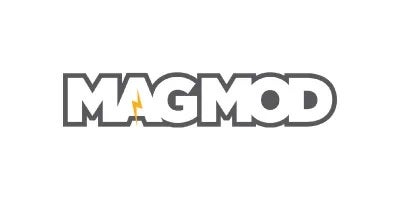

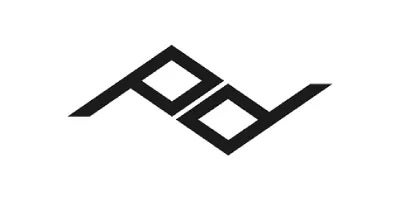
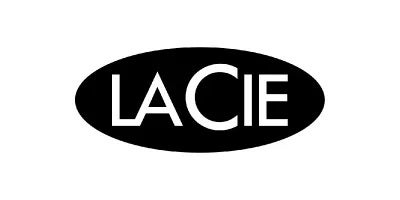
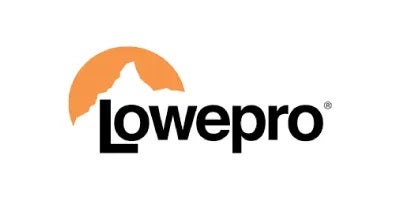
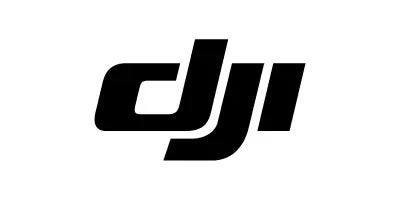

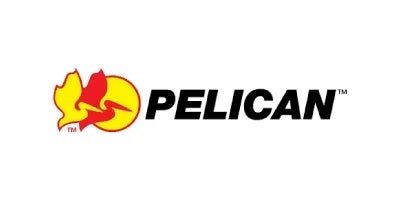

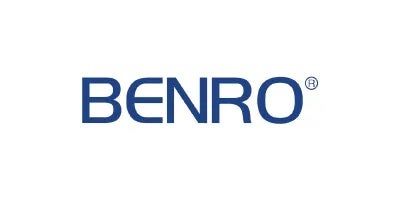
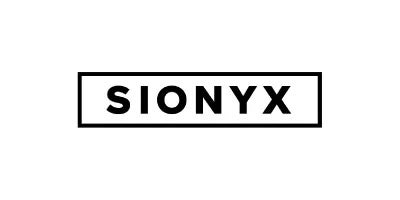
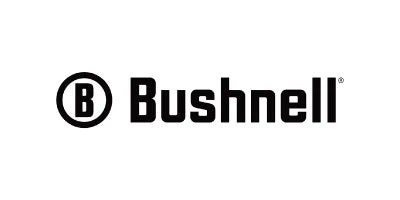

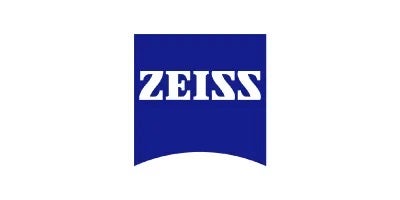
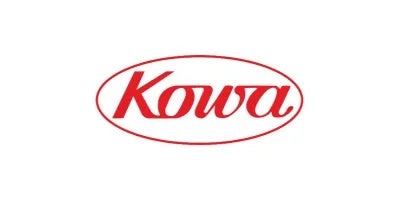
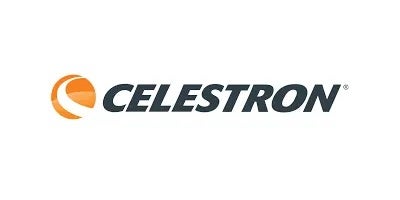
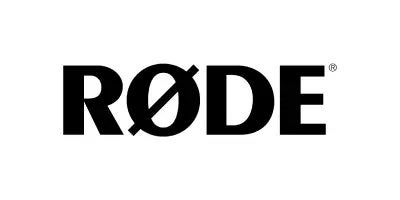


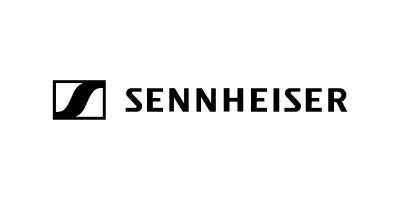
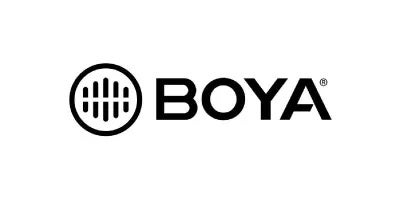

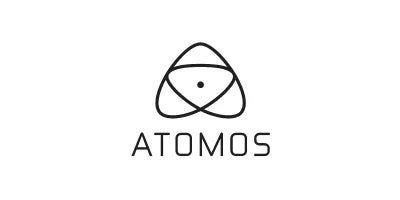

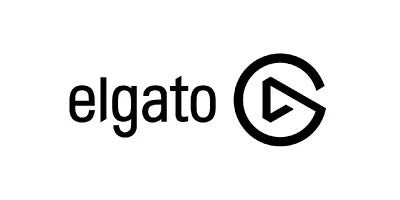
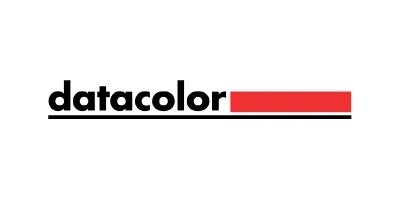
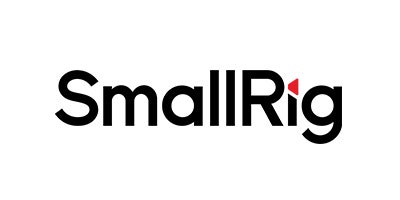
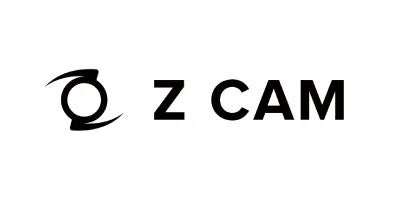

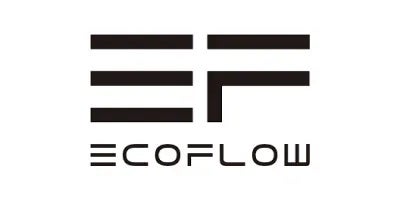
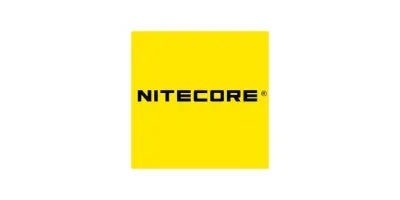



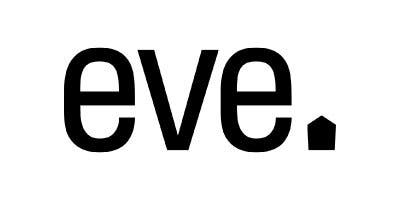
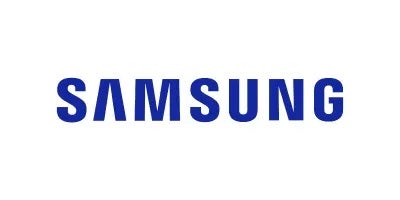


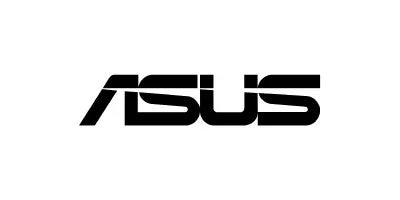

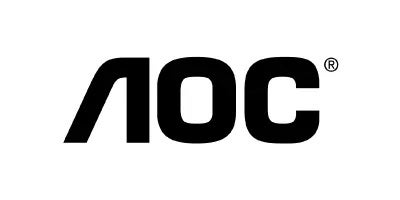

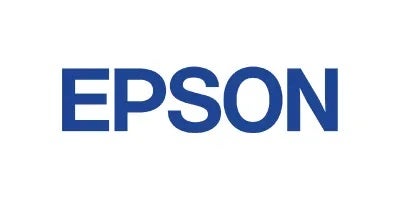
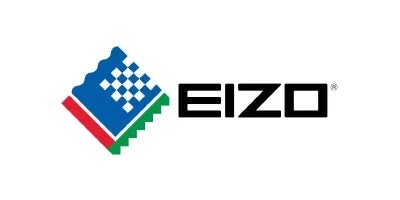
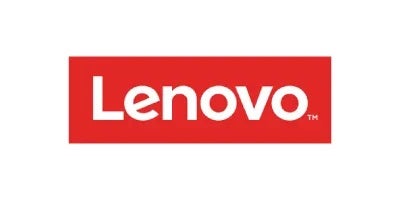
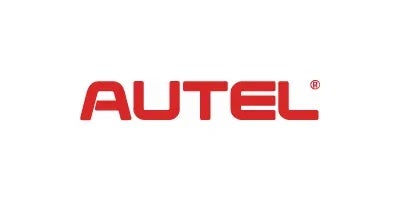
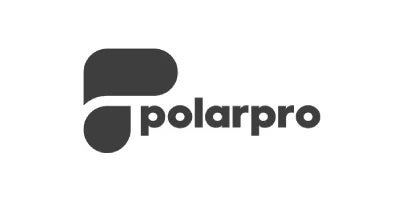
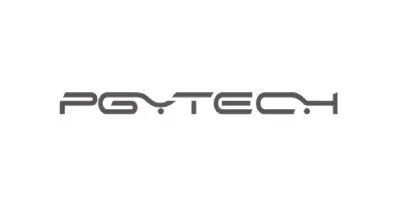
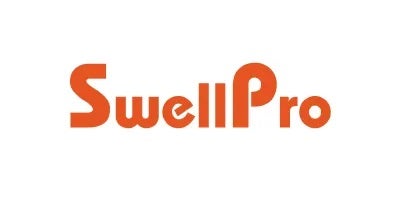






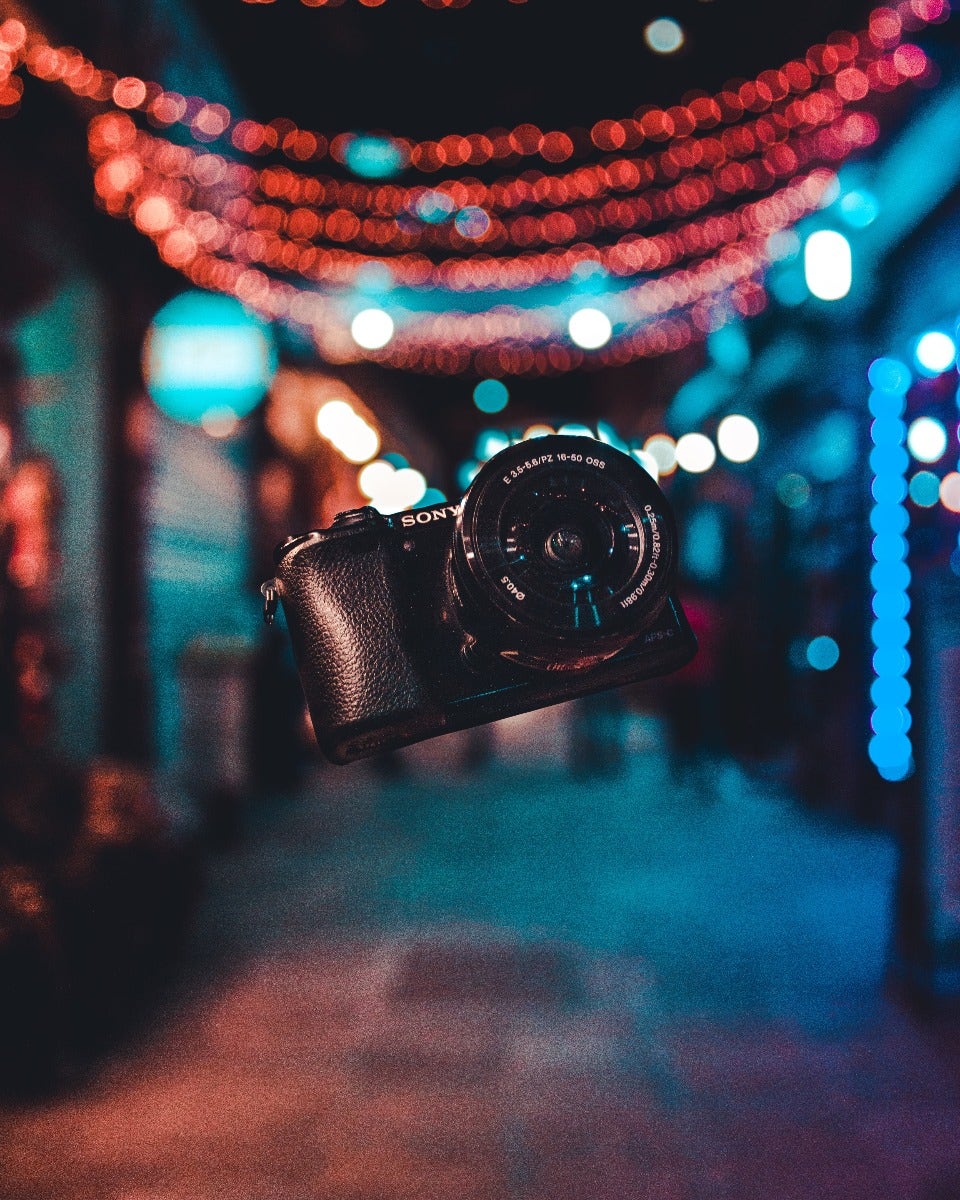
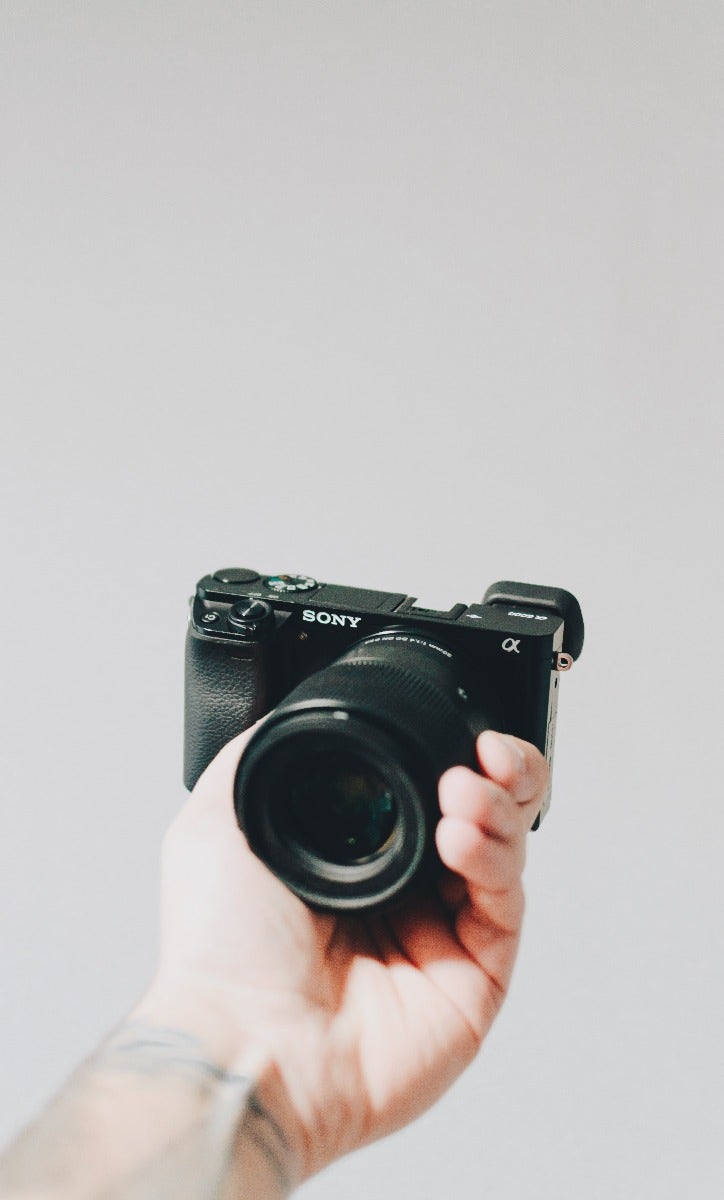
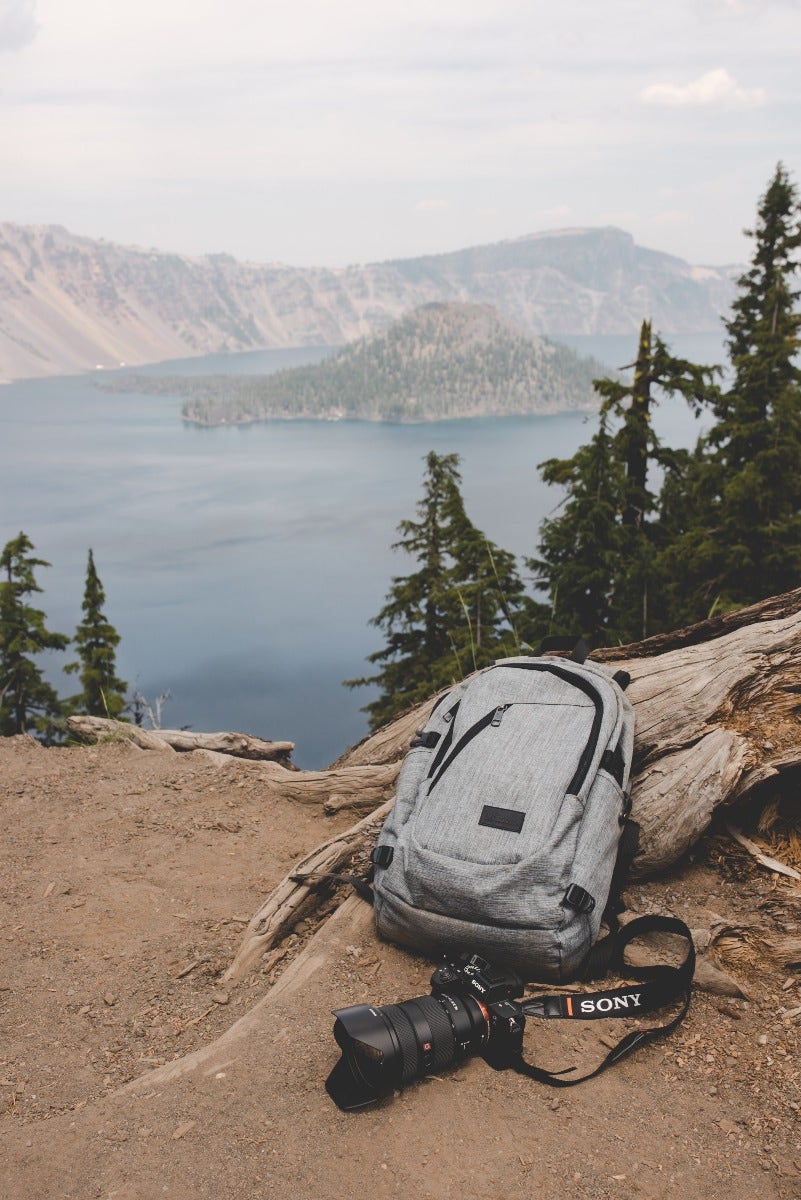
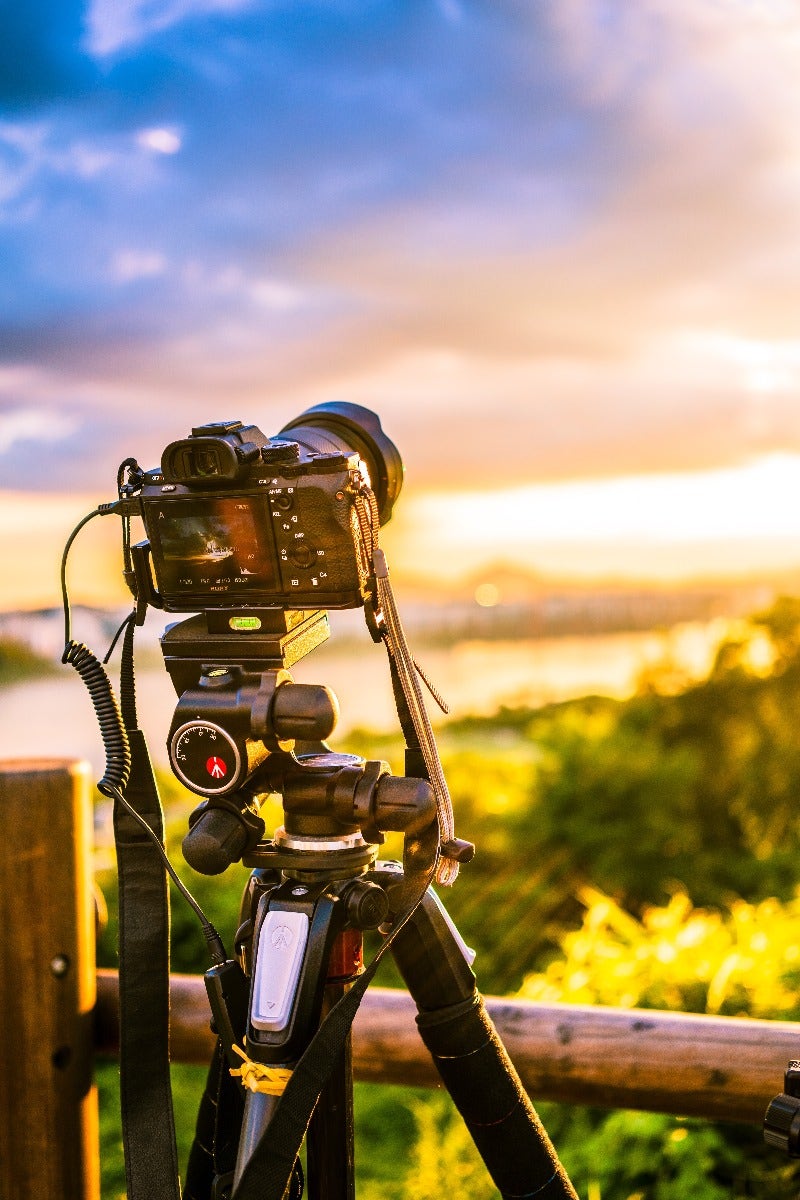






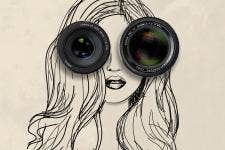


Comments
No Comments yet. Be the first to comment.